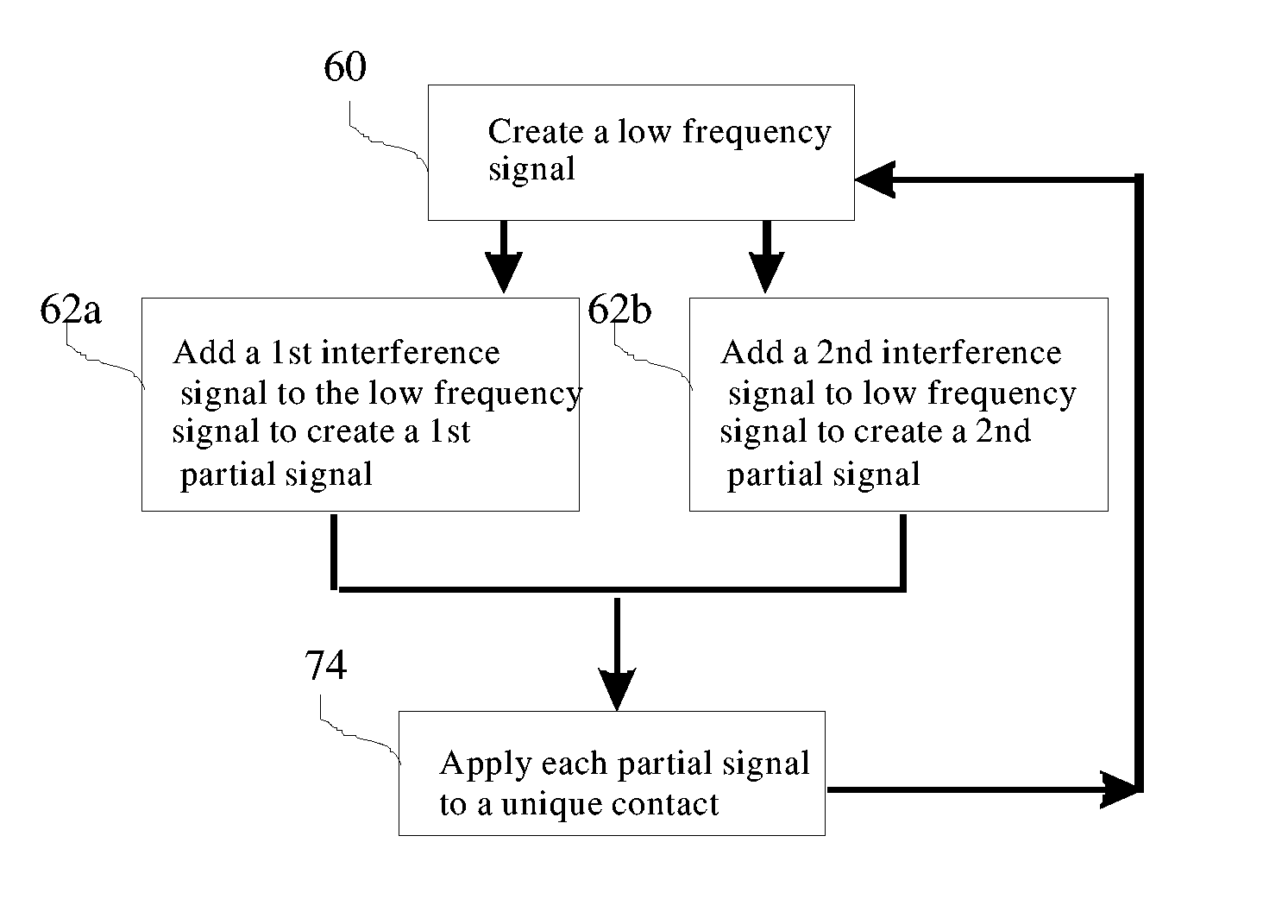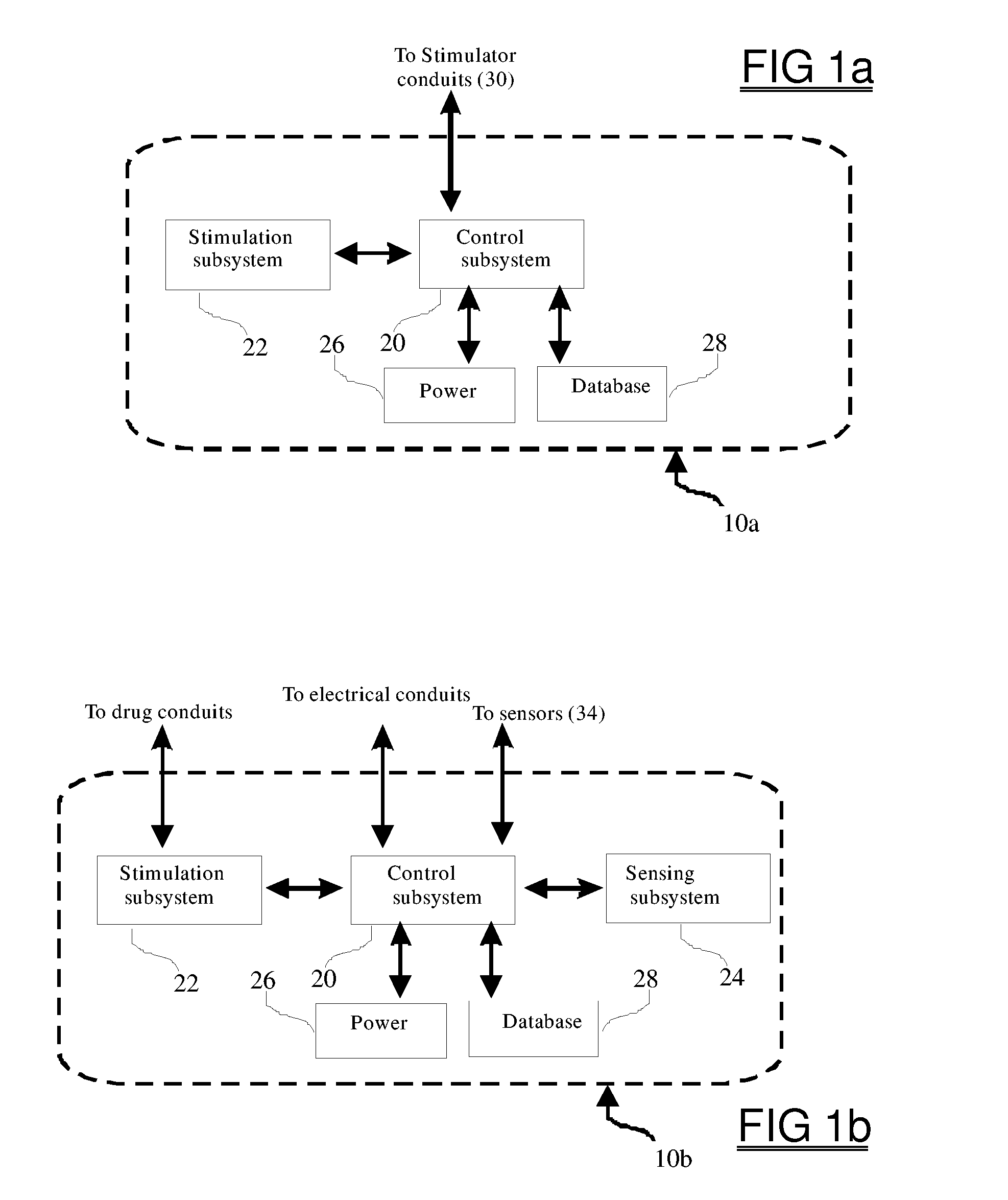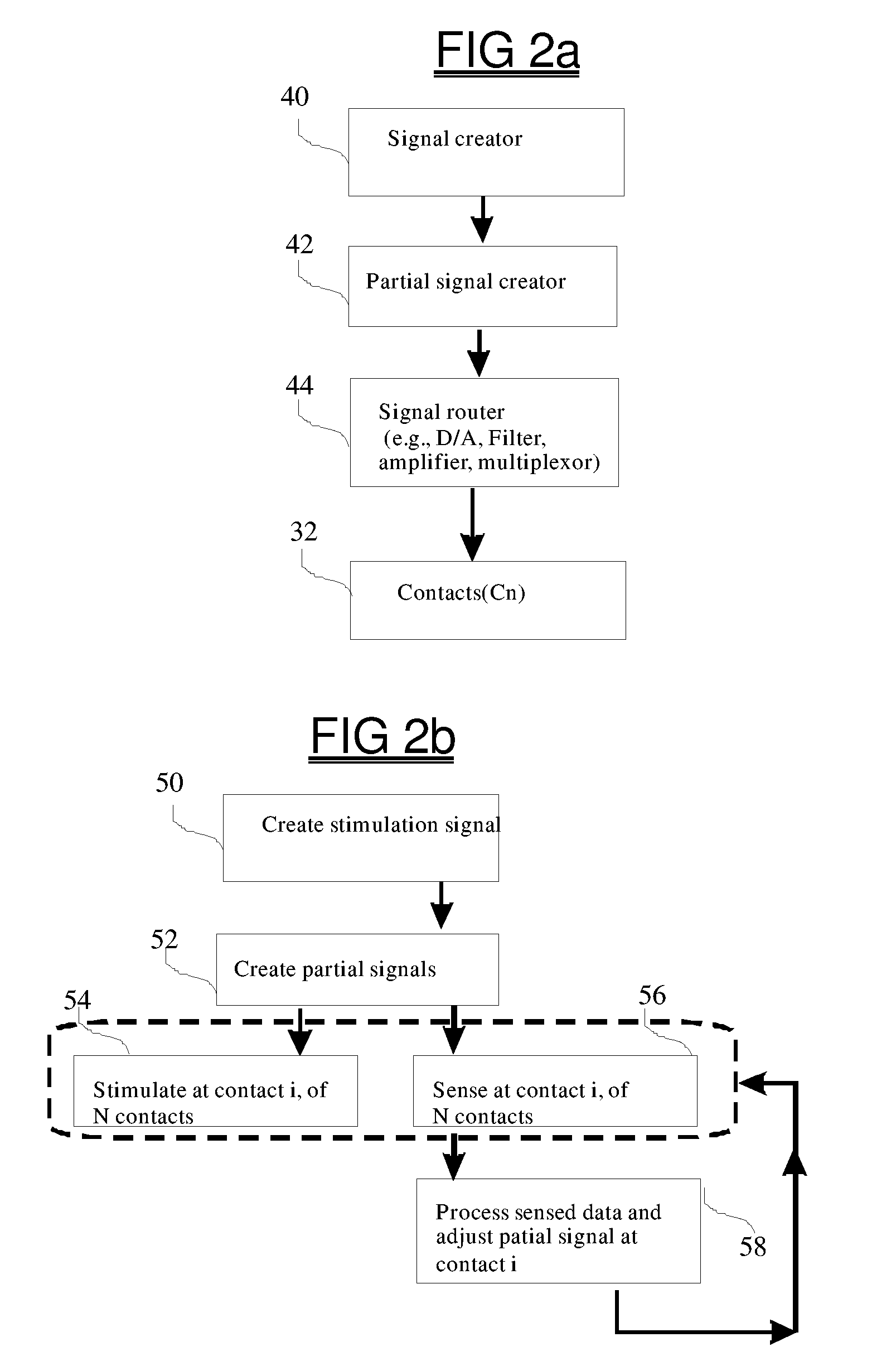Systems and methods for tissue stimulation in medical treatment
a tissue stimulation and medical treatment technology, applied in flow monitors, intravenous devices, artificial respiration, etc., can solve the problems of unintentional stimulation of adjacent areas, insufficient stimulation, side effects of unintentional stimulation, etc., and achieve the effect of increasing the strength of stimulation
- Summary
- Abstract
- Description
- Claims
- Application Information
AI Technical Summary
Benefits of technology
Problems solved by technology
Method used
Image
Examples
Embodiment Construction
[0030]This specification describes improved systems and methods for stimulation of tissue, which may include deep brain neurostimulation. The following material provides a general understanding of terms used in this specification, with the understanding that these terms can be further adjusted or modified or altered within the specification itself to achieve different specific embodiments of the invention.
[0031]As used herein the terms “stimulation system” or “stimulator” refers to a device comprised of components which are either configured in a distributed manner or are primarily contained within the housing of device such as an implantable device, and which can modulate tissue by delivering one or more of electrical, optical, magnetic, or drug therapy. The stimulator can be a generic implantable stimulator such as those manufactured by Medtronic, NeuroPace, Cyberonics, NeuroBionics, and Advanced Neuromodulation Systems, which can be configured or adapted to provide electrical sti...
PUM
 Login to View More
Login to View More Abstract
Description
Claims
Application Information
 Login to View More
Login to View More - R&D
- Intellectual Property
- Life Sciences
- Materials
- Tech Scout
- Unparalleled Data Quality
- Higher Quality Content
- 60% Fewer Hallucinations
Browse by: Latest US Patents, China's latest patents, Technical Efficacy Thesaurus, Application Domain, Technology Topic, Popular Technical Reports.
© 2025 PatSnap. All rights reserved.Legal|Privacy policy|Modern Slavery Act Transparency Statement|Sitemap|About US| Contact US: help@patsnap.com



